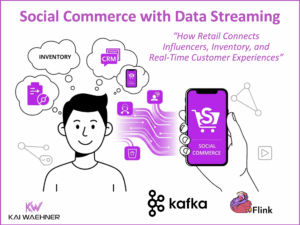Trends at JavaOne 2016: Microservices, Docker, Cloud-Native Middleware
JavaOne 2016 Trends: Besides focus on Java platform updates (Java 9, Java EE 8, etc.), I saw three hot topics, which are highly related to each other: Microservices, Docker and Cloud. I also talked about this topic from a middleware perspective. See my slides and lessons learned.





